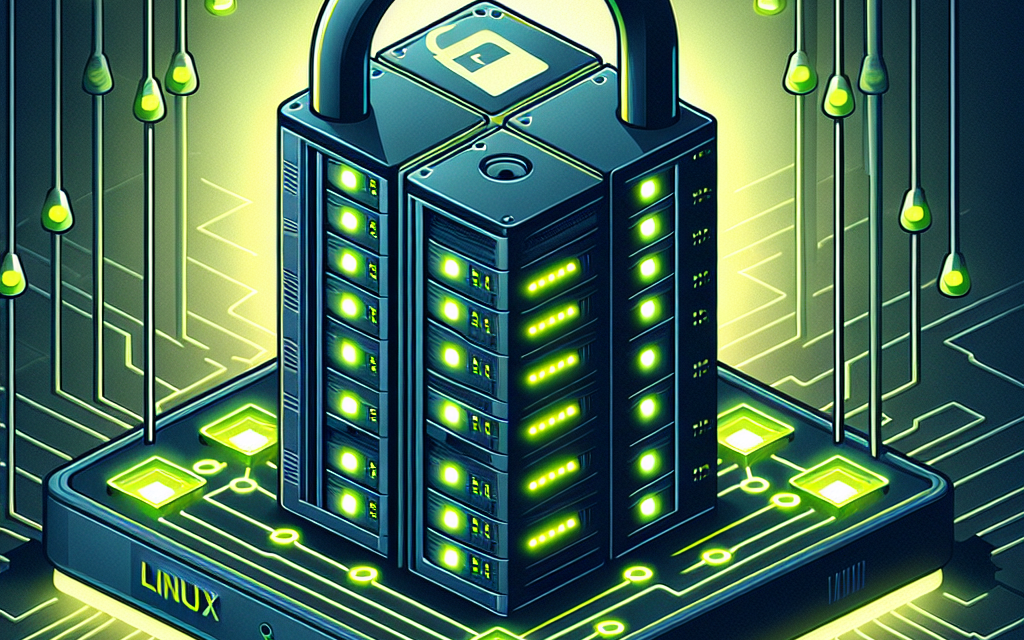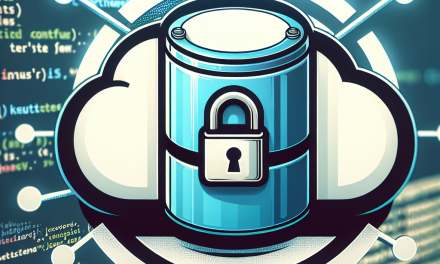As enterprises increasingly rely on Linux servers for critical applications, ensuring the integrity of software dependencies has become paramount. Unmanaged or broken dependencies can lead to security vulnerabilities, system failures, and unexpected behaviors. In this article, we’ll explore strategies to ensure dependency integrity in Linux server environments.
Understanding Dependency Integrity
Dependency integrity refers to the accuracy and consistency of the various libraries and components that software applications depend on. When these components are compromised, or incompatible versions are used, it can lead to:
- Software crashes
- Security vulnerabilities
- Performance degradation
- Increased operational costs
Best Practices for Ensuring Dependency Integrity
1. Use Package Managers
Most Linux distributions offer package managers (like APT for Debian-based systems, YUM/DNF for Red Hat-based systems, and Pacman for Arch). Utilizing these tools ensures that dependencies are managed automatically and consistently.
How to Use Package Managers Effectively:
- Always Update: Regularly update your packages to get security patches and bug fixes.
sudo apt update && sudo apt upgrade # Debian/Ubuntu
sudo yum update # RHEL/CentOS - Check for Broken Dependencies: Use commands like
apt-get checkoryum checkto identify and fix broken dependencies.
2. Use Dependency Management Tools
For applications developed in specific languages (e.g., Python, Node.js), use dependency management tools such as:
- Pip: For Python applications.
- npm: For Node.js applications.
- Bundler: For Ruby applications.
These tools help to manage and lock the specific versions of libraries required for your application.
Example in Python:
pip install -r requirements.txtThis will install all the required dependencies listed in the requirements.txt file.
3. Regular Security Audits
Perform regular audits to ensure that your dependencies are free from known vulnerabilities. Tools like Clair for Docker images, Snyk, and Trivy can help scan your dependencies.
trivy image your-image-name4. Automated Testing Pipelines
Integrate automated testing into your CI/CD (Continuous Integration/Continuous Deployment) pipelines. This ensures that any new code is tested against the current set of dependencies to catch issues early.
5. Containerization
Using containers (like Docker) allows you to encapsulate your application along with its dependencies. This eliminates conflicts that may arise when different applications require different versions of the same dependency.
6. Version Control and Lock Files
Maintain version control for your software projects. Use lock files (e.g., package-lock.json for npm, Pipfile.lock for Python) to ensure consistency in production environments. This prevents unexpected version updates that might introduce breaking changes.
7. Monitor Dependency Changes
Set up monitoring to be alerted whenever a critical dependency is updated. Tools like Dependabot can assist in notifying you of new releases or security patches.
8. Consider Static and Dynamic Analysis Tools
Incorporate tools for static and dynamic analysis to analyze code for potential vulnerabilities stemming from dependencies.
Conclusion
In a Linux server environment, ensuring dependency integrity is not just about keeping your software up-to-date; it’s a holistic approach that includes robust package management, automated testing, security audits, and proper monitoring. By implementing these best practices, you can significantly reduce the risk of conflicts, vulnerabilities, and failures, ultimately leading to a more secure and reliable system.
By adopting these methodologies, organizations can better harness the power of Linux servers while mitigating risks related to dependency management. Embrace these strategies and fortify your Linux environment against potential pitfalls—ensuring operational excellence and security for your applications.
Feel free to reach out if you need any more details or specific examples!





